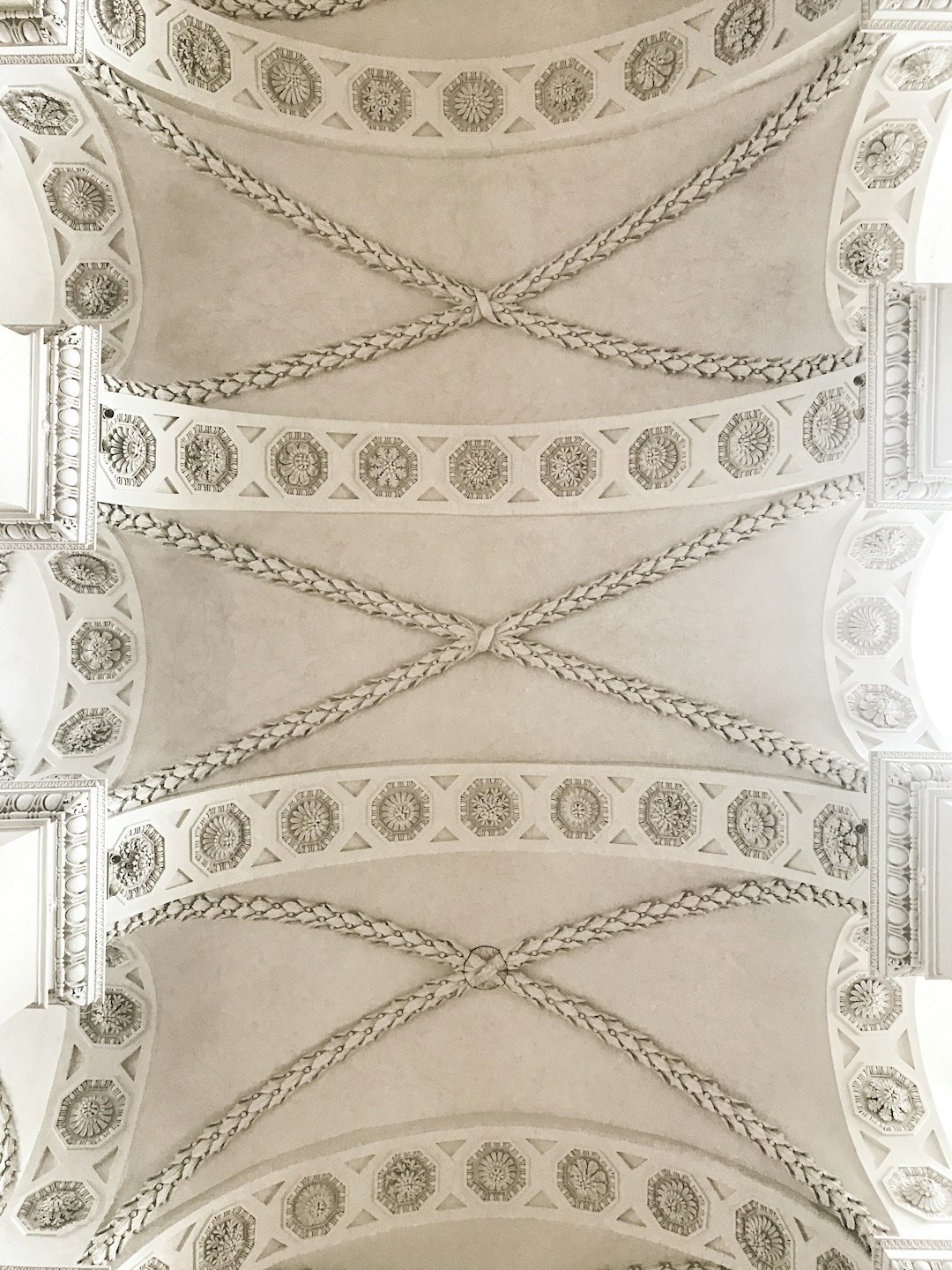Discover the unique beauty of Lithuanian architecture, a testament to the country's rich history and cultural diversity. From the gothic spires of Vilnius to the charming wooden houses of the countryside, Lithuania's buildings tell a story of resilience and artistry. Did you know that the Vilnius Old Town is one of the largest surviving medieval old towns in Northern Europe? Explore how Lithuania's architectural landscape has evolved, blending tradition with modern innovation.

The Medieval and Gothic periods laid the foundational stones for what would become some of the most awe-inspiring architectural feats in history. During the Medieval era, architecture was primarily focused on the construction of fortified structures and religious buildings, with an emphasis on function and security. However, as the period evolved into the Gothic era, there was a significant shift towards creating structures that were not only functional but also breathtakingly beautiful. Gothic architecture is characterized by its pointed arches, ribbed vaults, and flying buttresses, elements designed to create structures that reached towards the heavens, symbolizing a connection between the divine and the earthly. This period saw the construction of some of the most iconic cathedrals and churches, whose grandeur and intricacy remain unmatched. The focus on light, height, and elaborate decoration in Gothic architecture laid the groundwork for future architectural innovations and continues to influence modern design.
The Renaissance and Baroque periods marked a significant evolution in architectural design, moving towards a fusion of form and function that emphasized harmony, proportion, and a revival of classical antiquity's principles. The Renaissance era, originating in 15th century Italy, sought to bring back the symmetry, simplicity, and balanced proportions found in Roman and Greek architecture. This period was characterized by the implementation of the dome, the use of columns and pilasters, and a keen attention to detail that celebrated humanism and the beauty of the natural world. Following the Renaissance, the Baroque era introduced a more dynamic and ornate approach to architecture, emphasizing grandeur and drama. Baroque buildings often featured complex floor plans, bold ornamentation, and a strong sense of movement within the structure, aiming to evoke emotional responses from the viewer. This era was marked by the extravagant use of curves, exaggerated lighting, and elaborate decorations that seamlessly blended the interior with the exterior. Together, the Renaissance and Baroque periods redefined architectural elegance, creating timeless masterpieces that continue to inspire awe and admiration.
For an in-depth exploration of Lithuania's architectural heritage, including its evolution from wooden structures to contemporary designs, visit the UNESCO page on Vilnius Old Town, which is recognized as a World Heritage site.
The Neoclassical movement, flourishing during the Enlightenment, marked a significant shift in architectural design, reverting to the clarity, simplicity, and symmetry of ancient Greek and Roman structures. This era in architecture emerged as a reaction against the ornate Rococo styles, seeking to embody the ideals of reason, democracy, and societal progress that the Enlightenment espoused. In Lithuania, as in much of Europe, this period saw the construction of monumental edifices that were meant to reflect the rationality, balance, and harmony valued by Enlightenment thinkers. Notable Lithuanian neoclassical architecture, characterized by grandiose facades, sturdy columns, and a preference for geometric forms, can be seen in the redesign of historical buildings and the erection of new governmental and cultural institutions. These structures were not only a testament to the aesthetic preferences of the time but also symbolized the intellectual and cultural revival Lithuania was undergoing. The Neoclassical movement left an indelible mark on the country's architectural landscape, contributing to a rich tapestry of styles that continue to define Lithuania's urban and rural skylines.
The transition into the modern era of Lithuanian architecture marks a significant departure from its historical roots, navigating through the Soviet era's imposing structures to the innovative contemporary designs that define Lithuania's current architectural landscape. During the Soviet period, architecture in Lithuania, much like the rest of the USSR, was heavily influenced by socialist realism and later by brutalist designs. This era introduced monumental structures, prefabricated buildings, and large-scale residential blocks, which were meant to embody the ideals of Soviet society. Despite the constraints, Lithuanian architects managed to infuse subtle national elements and innovative designs within the strict guidelines, leaving a unique mark on the region's architectural identity.
Following Lithuania's independence in 1990, the nation experienced a renaissance in architectural thought and practice. Liberated from the prescriptive styles of the past, contemporary Lithuanian design has embraced global trends while fostering a distinct, local identity. Today, Lithuania's urban and rural landscapes are punctuated with buildings that reflect a blend of sustainability, technological innovation, and respect for the environment. The contemporary scene is vibrant, characterized by experimental forms, the revival of traditional materials, and the integration of green spaces, making Lithuania a notable player in the global architecture arena. This era reflects a profound transformation, symbolizing the country's resilience, creativity, and forward-thinking ethos.